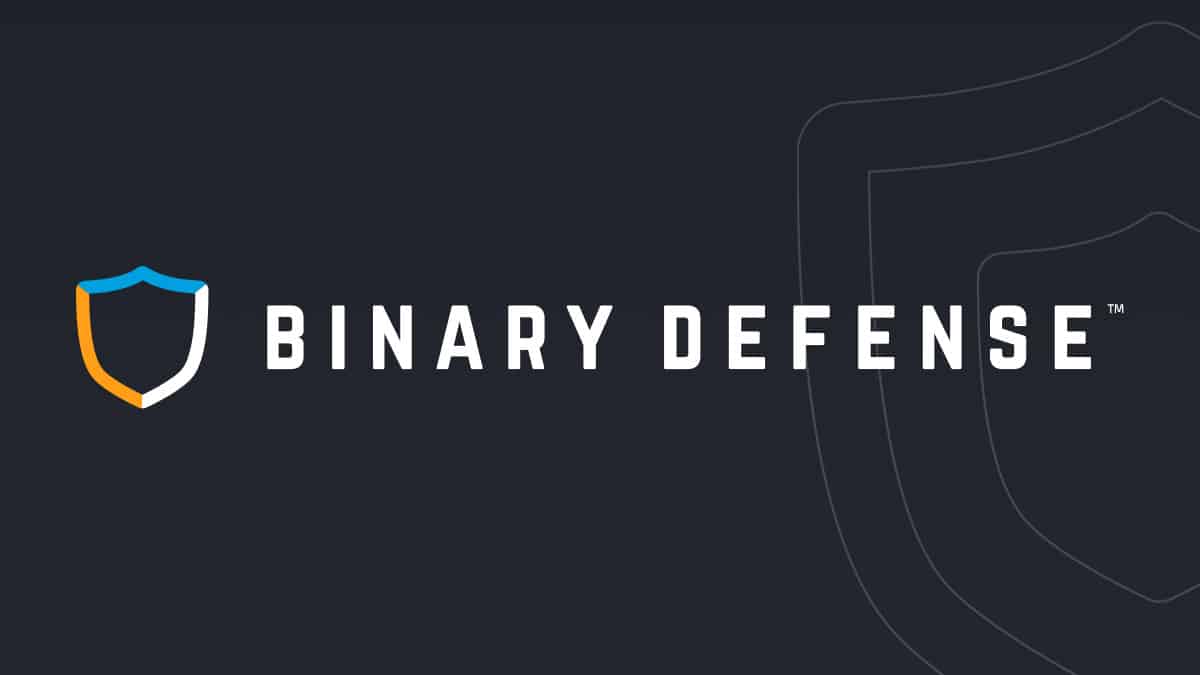With nearly every MSSP and Security company claiming to do Managed Detection and Response (MDR) it’s more important than ever to choose the right MDR provider. Before you start evaluating potential partners, it’s crucial to step back and clearly define your organization’s security objectives. This not only helps in selecting the right provider but also ensures that the chosen provider will effectively meet your specific needs and improve your overall security. In this blog, we will walk you through the essential steps for defining your security objectives. These objectives will serve as the foundation for assessing and selecting the most appropriate MDR provider for your organization.
Identify Your Primary Security Goals
The first step in choosing an MDR provider is to understand what you need from them. This begins with a thorough assessment of your primary security goals:
- Assess Your Threat Landscape:
- Start by evaluating the specific types of threats your organization is most likely to encounter. Are you in an industry prone to ransomware attacks? Are you worried about advanced persistent threats (APTs)? Understanding the specific threats, you face will help you identify the capabilities you need in an MDR provider.
- Improve Detection and Response:
- Consider whether your current detection systems are sufficient for identifying both known and unknown threats. If there are gaps in your detection capabilities, an MDR provider with advanced detection techniques could fill those gaps. Additionally, assess your organization’s current response times to incidents. Would faster response times help reduce potential damage or recovery costs?
- Enhance Threat Visibility:
- Identify areas within your IT environment where visibility into potential threats is lacking. This could include cloud environments, remote work setups, or third-party integrations. Consider the importance of having a unified view of all security activities across your organization.
Determine Your Organization’s Risk Tolerance
Understanding your organization’s risk tolerance is key to defining your security objectives:
- Conduct a Risk Assessment:
- Determine your organization’s tolerance for different types of risks, such as data breaches, insider threats, or operational disruptions. What level of risk is acceptable, and what areas require more stringent protection? This assessment will help you prioritize which areas need the most attention from an MDR provider.
- Prioritize Critical Asset Protection:
- Identify the most critical assets within your organization that require the highest level of protection. This could include intellectual property, customer data, or financial records. Determine which risk mitigation strategies are already in place and where additional measures are needed.
Align Security Objectives with Business Goals
Security should not be an isolated concern—it needs to be integrated with your broader business objectives:
- Support Business Growth:
- As your business grows, so will your security needs. Consider whether your current security infrastructure can scale to meet future demands. An MDR provider that offers scalable solutions can support your growth while maintaining robust security.
- Ensure Cost-Effectiveness and ROI:
- Outline your security budget and identify areas where investing in an MDR provider could provide the best return on investment (ROI). Would outsourcing certain security functions to an MDR provider be more cost-effective than building an in-house team? Consider the long-term value an MDR provider can offer, such as reducing the likelihood of costly breaches, enhancing compliance, and improving overall security maturity.
- Enhance Customer Trust and Market Differentiation:
- Understand your customers’ expectations regarding the security of their data. How does improving your security posture align with building or maintaining customer trust? A strong security program, supported by an MDR provider, can also serve as a competitive advantage in your market.
Identify Specific Challenges and Pain Points
Every organization has its unique challenges—identifying these will help you choose an MDR provider that can address them effectively:
- Internal Resource Limitations:
- Assess whether your internal security team has the capacity and expertise to manage your organization’s security needs effectively. Are there areas where they are stretched too thin, or where specialized knowledge is lacking? An MDR provider can offer the necessary expertise and resources to fill these gaps.
- Operational Efficiency:
- Identify any bottlenecks in your current incident management process, such as delays in detection, slow response times, or communication breakdowns during a crisis. An MDR provider can help streamline these processes, improving your overall security operations.
- Scalability and Future-Proofing:
- Consider how adaptable your current security setup is to changes in the business environment, such as the adoption of new technologies. Would an MDR provider offer the flexibility needed to adjust quickly and stay ahead of evolving threats?
Define Metrics for Success
Finally, it’s important to define how you will measure the success of your security initiatives:
- Key Performance Indicators (KPIs):
- Identify the KPIs that will measure the success of your security efforts. These might include the number of incidents detected, time to resolution, or reduction in false positives. Having clear KPIs will help you track and report on the continuous improvement of your security posture over time.
- Service Level Agreements (SLAs) and Provider Performance:
- Remember to outline the specific service level agreements (SLAs) you require from an MDR provider. These SLAs could include guaranteed response times and detection accuracy rates. Defining these metrics will help ensure that the provider you select is able to deliver the necessary level of service to effectively protect your organization. Be cautious of providers who have transitioned their SLAs to SLOs (Service Level Objectives).
Conclusion
Defining your security objectives is a crucial step in the process of selecting the right MDR provider. By understanding your primary security goals, assessing your risk tolerance, aligning security with business goals, identifying specific challenges, and establishing success metrics, you can make an informed decision that aligns with your organization’s needs.
Ready to dive deeper? Download our MDR Provider Evaluation Guide to explore the full framework for evaluating potential MDR providers and ensuring they meet your organization’s specific requirements.

